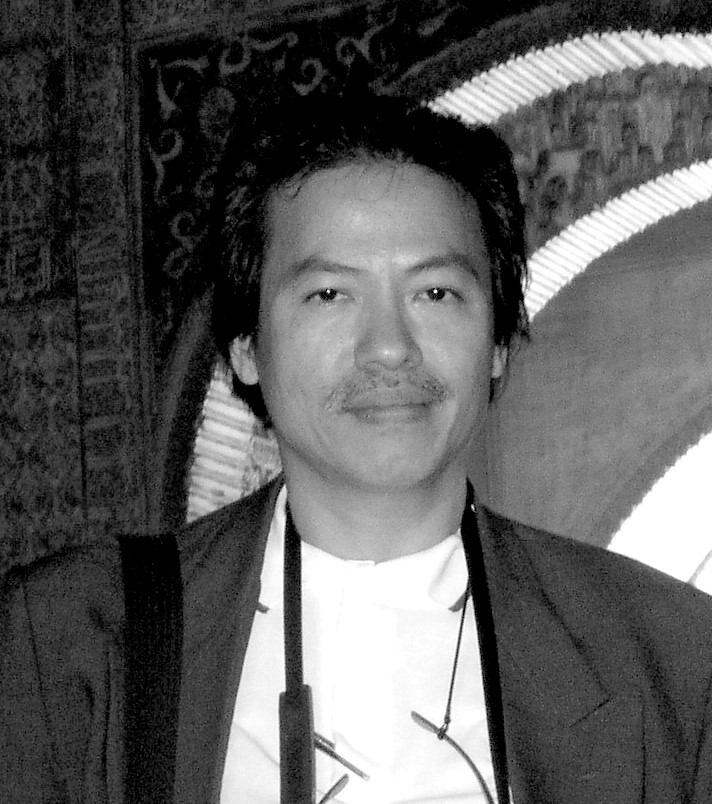With the rubber boom of the mid-20th century, Bukit Mertajam develops to become a major town, spurred by the tenacity of the locals, an able council and – interestingly – the triads.
The year 1913 marked an interesting turning point for Bukit Mertajam. The passing of the Municipal Ordinance 1913 witnessed the colonial local authorities taking control on the mainland portion of Penang. The Act established the Butterworth Municipal Council followed by rural boards in all northern, southern and central districts of Province Wellesley. For Bukit Mertajam, the town’s administration rested in the Central Rural Board, under the authority of a district officer.
This was no coincidence. From 1900 to 1902, Bukit Mertajam provided the highest amount of revenue collected as compared to Butterworth and Nibong Tebal1. This trend resurfaced in 1904 and 19052. To be sure, Bukit Mertajam’s land revenue and tax collection had been the highest from 1897 to 1899 as well3. Given Bukit Mertajam’s role as a commercial centre, such an immense collection marked the natural fruits of its economic and administrative activities.
Moreover, the town’s expanding population also contributed to the larger revenue collected; by 1911, Bukit Mertajam had a population of 4,400 – while Butterworth had only 4,0004. As such, the establishment of local authorities was part of a larger colonial strategy to gain an administrative grip over Bukit Mertajam. The town’s growing importance was becoming all too obvious.






